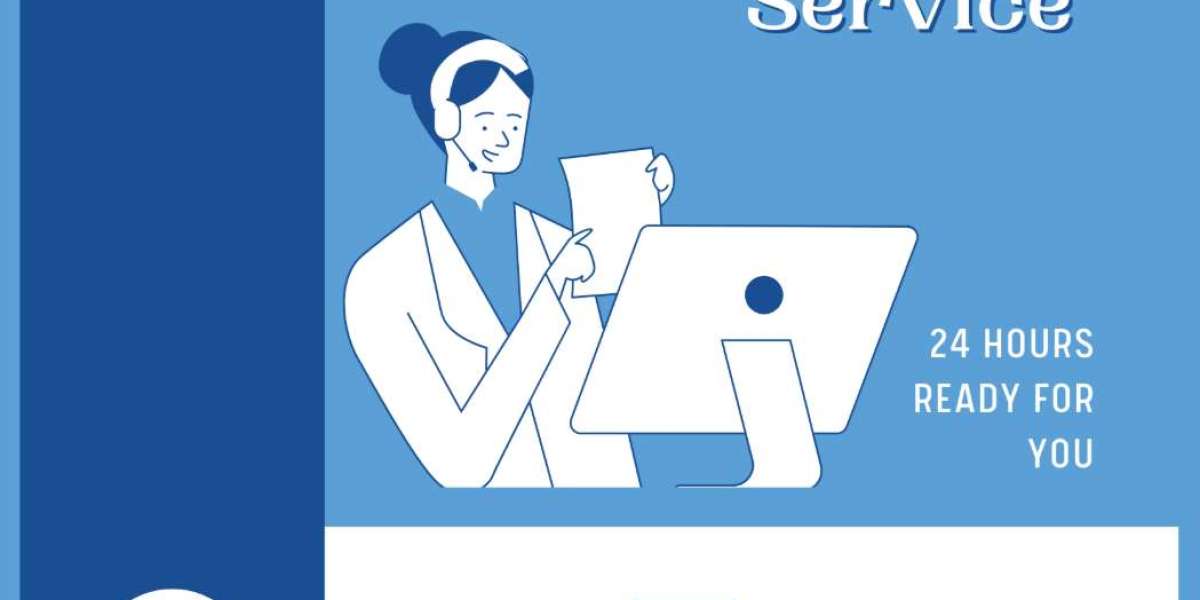Investing in Customer Support Software is only the first step toward improving your customer service operations. To maximize its value, businesses must learn how to use the software effectively. Simply having the tool won’t automatically boost customer satisfaction—it’s about how you implement, optimize, and train your team to use it. In this guide, we’ll break down best practices to ensure you get the most out of your support platform.
1. Centralize All Customer Interactions
One of the biggest advantages of customer support software is its ability to unify communication channels. Make sure all customer interactions—whether from email, live chat, phone, or social media—flow into one centralized dashboard. This helps your support team avoid confusion, eliminates duplicate responses, and ensures no query gets lost.
2. Automate Repetitive Tasks
Automation is a game-changer in customer service. Use the software’s automation features to:
Automatically assign tickets to the right agents.
Send out acknowledgment emails to customers.
Trigger follow-ups after a case is closed.
By automating routine tasks, your team can focus on resolving complex issues that require human attention.
3. Build a Strong Knowledge Base
Many customers prefer finding answers themselves before contacting support. Take advantage of your software’s knowledge base feature to create FAQs, tutorials, and troubleshooting guides. A well-maintained knowledge base reduces ticket volume and empowers customers to solve problems independently.
4. Track Key Metrics and KPIs
Customer support software provides powerful analytics, but it’s up to you to leverage them. Regularly monitor:
Average response time
First-contact resolution rate
Customer satisfaction (CSAT) scores
Ticket volume trends
These insights help you identify bottlenecks, improve workflows, and measure overall team performance.
5. Train and Support Your Team
The best software in the world won’t deliver results if your team doesn’t know how to use it effectively. Provide comprehensive training on all the platform’s features, from ticket management to analytics. Encourage your agents to explore the tools, ask questions, and share best practices with one another.
6. Personalize Customer Interactions
Even with automation, customers want to feel valued. Use customer data to personalize interactions. For example, greet returning customers by name, reference their previous inquiries, and tailor solutions to their unique needs. Personalization builds trust and strengthens long-term relationships.
7. Continuously Optimize Workflows
Customer needs and business operations evolve, so your processes should too. Regularly review how your team uses the software and make adjustments. Update automation rules, add new self-service content, and refine ticket-routing workflows to ensure your system always meets customer expectations.
Final Thoughts
Using Customer Support Software effectively requires more than just installing the tool—it’s about adopting the right strategies, empowering your team, and continually optimizing processes. By centralizing interactions, leveraging automation, creating a knowledge base, and monitoring key metrics, you’ll turn your support system into a powerful asset that enhances both efficiency and customer satisfaction.






